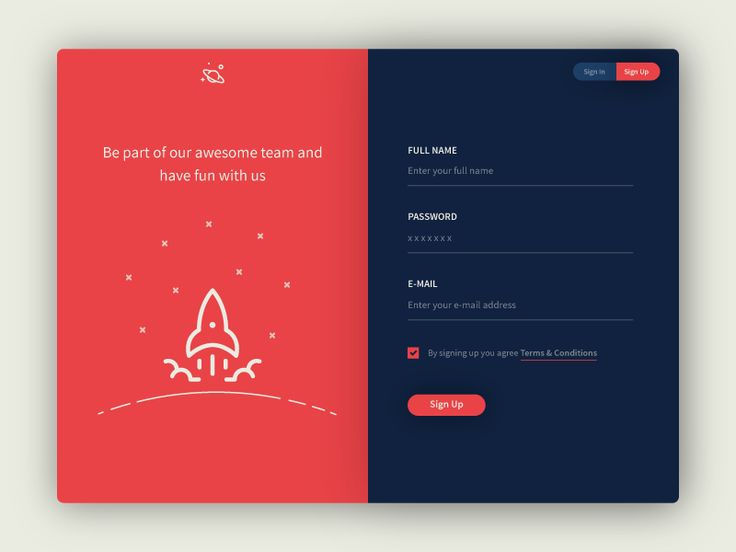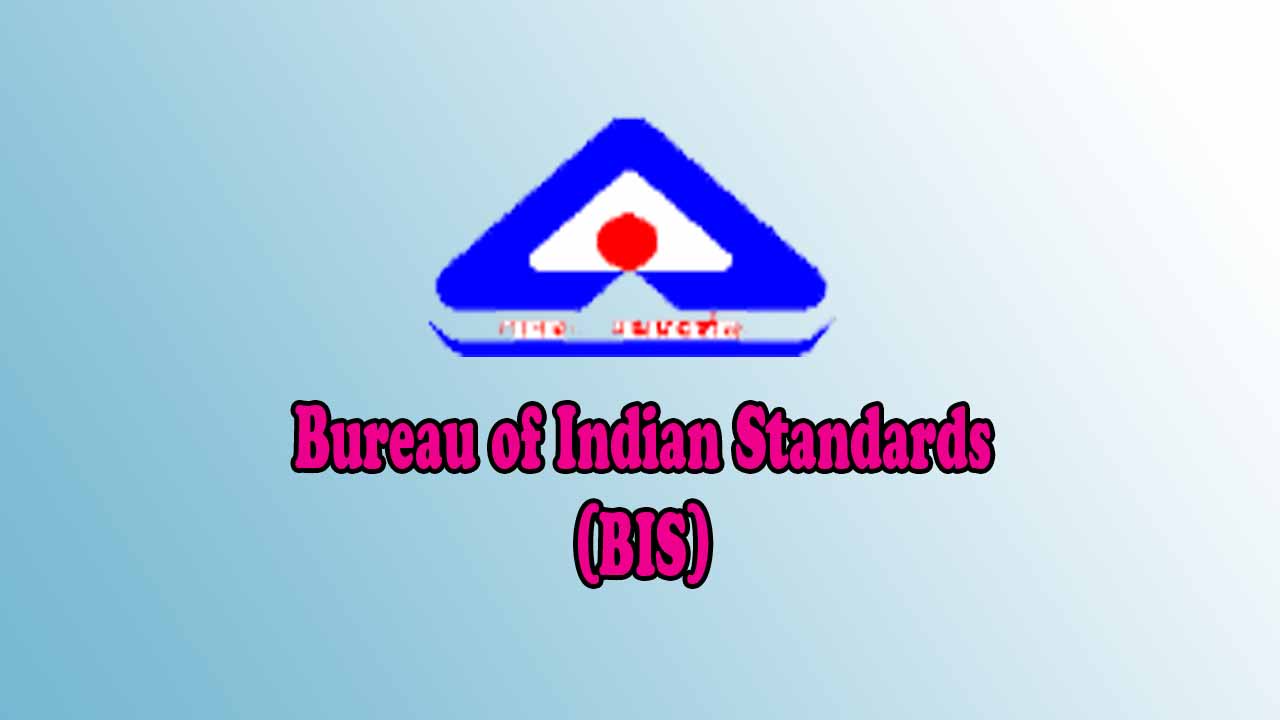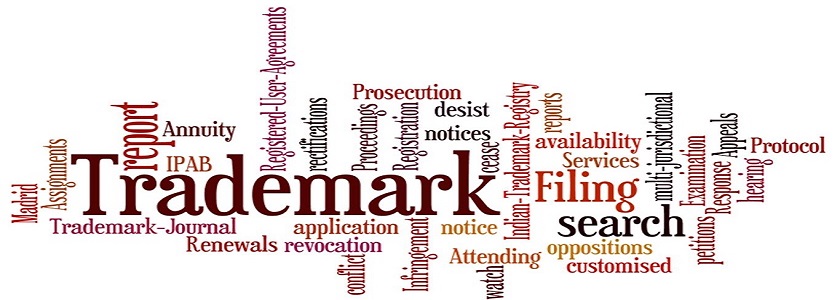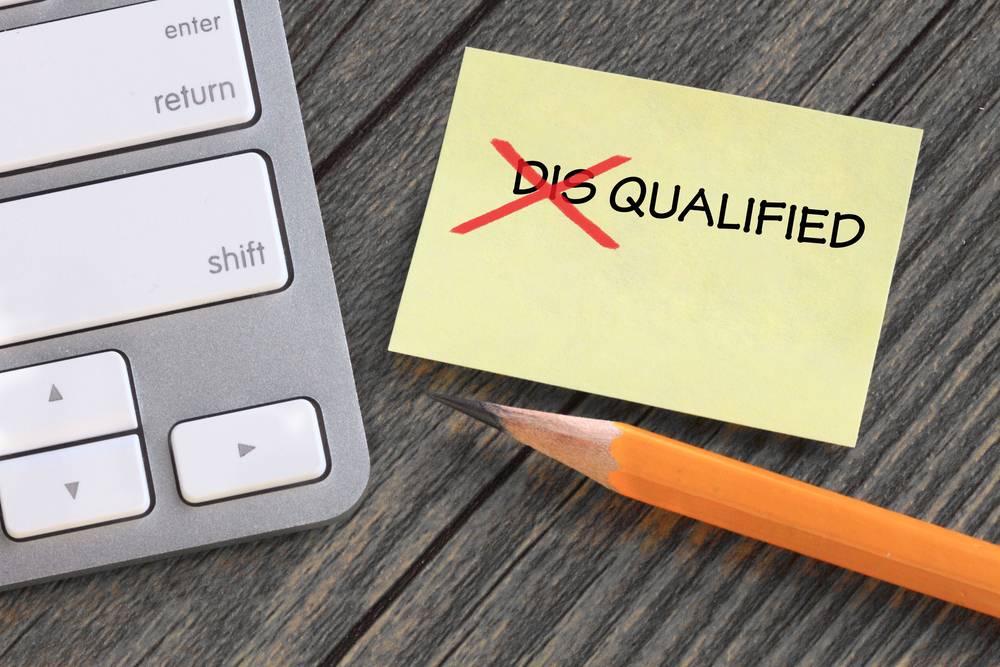Before the Advent of new TM rule, 2017, there were separate applications which had to be filled for each of the below mentioned Types of trademarks and there were separate forms for single class and multi-class applications, also depending upon whether priority was claimed or not. The type of the application would depend upon factors like the type of mark that is to be filled, single or multi class, priority or not, an application could be fro-
- Normal Trademark- A normal Trademark Application to be filed for a word, Device or any other combination thereof.
- Certification Mark- A certification mark is defined under Section 2(e) of the Act, “Certification Trademark” means a mark capable of distinguishing the goods or service in connection with which it is used in the course of trade which are certified by the proprietor of the mark in respect of origin, material, mode of manufacture of goods or performance of service not so certified and registrable as such under chapter IX in respect of those goods and services in the name, as proprietor of the certification trade mark, of that person. In short it is a mark certifies the characteristics like quality, origin etc of other goods or services. Example ISI mark.
- Collective mark- As the name suggests, where a mark belongs to a collective group or association of persons it is called as collective mark. Example Confederation of Indian Industry (CII).
- Series mark- Where the trademark applied applied for, is in the form of a series. In other words, the primary element of a mark might be used used/ intended to be used in several forms/ways by the proprietor and instead of filing separate applications for each, it is possible to file them as a series. For example, McDonalds has series mark incorporating the term “MC” +Like Mcchicken, Mc Cafe, MS Donuts etc.
Currently all the above applications could be filed under form TM -A.
Generally a Trademark application can be filed on the following basis-
- Indian Application- this is the Application form directly filed in one of the IP offices in India and also Online Application can be filed.
- International Applications- India Acceded to the Madrid Protocol and with effect from July 8, 2013 it is possible to designate India in an international application. Similarly it is also possible to file online an international application under the Madrid Protocol throgh the Indian Trademark Office.









